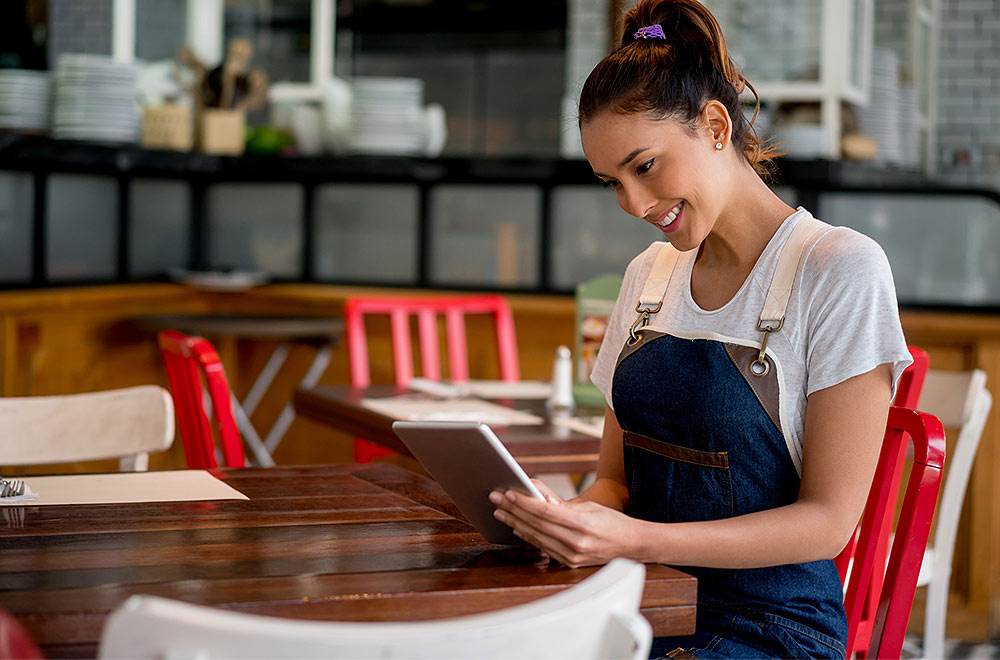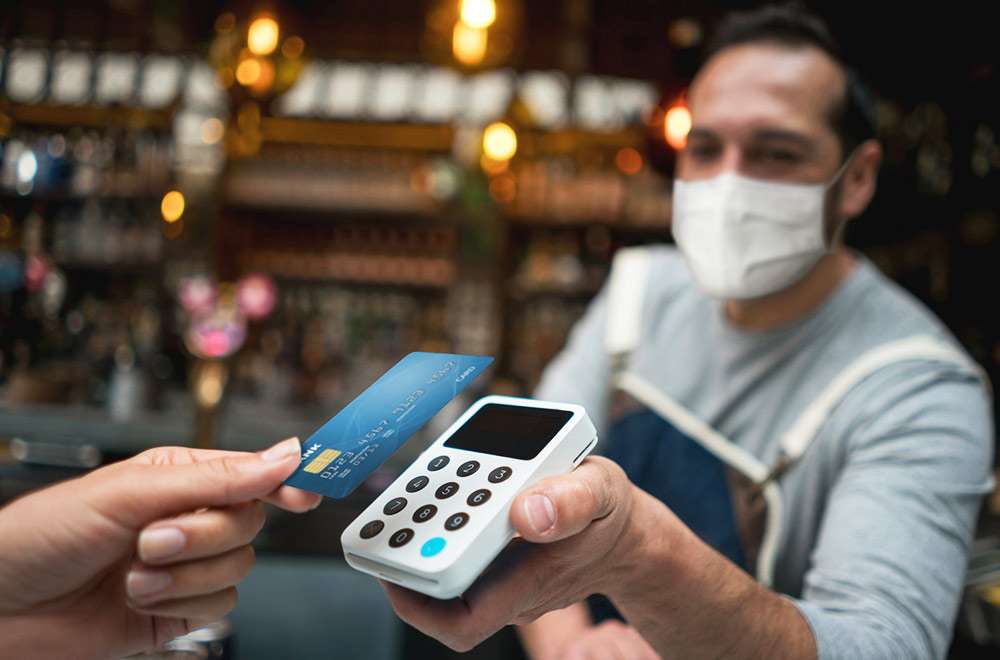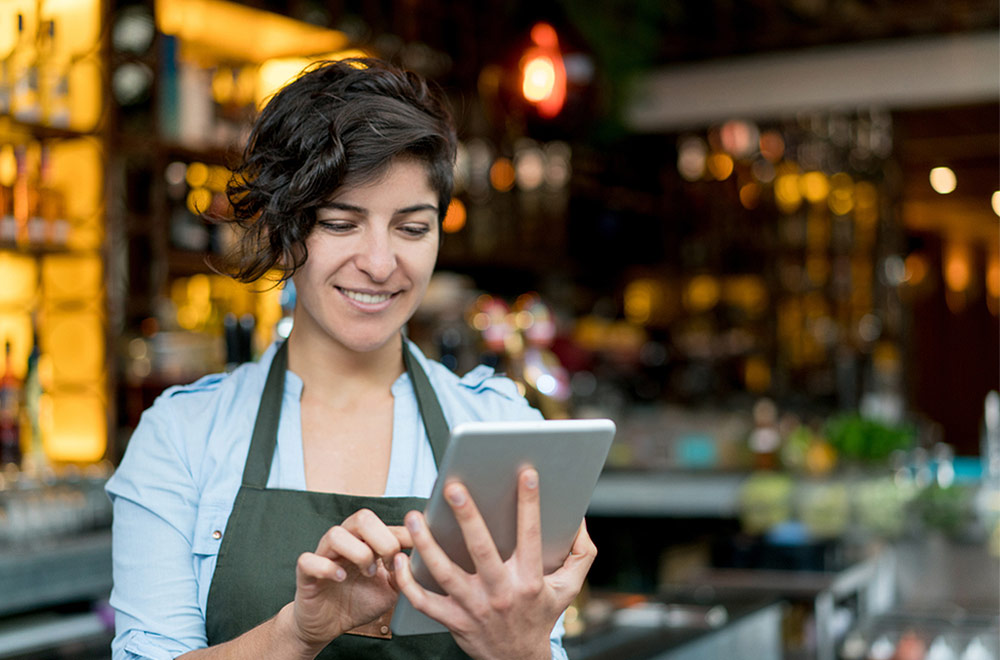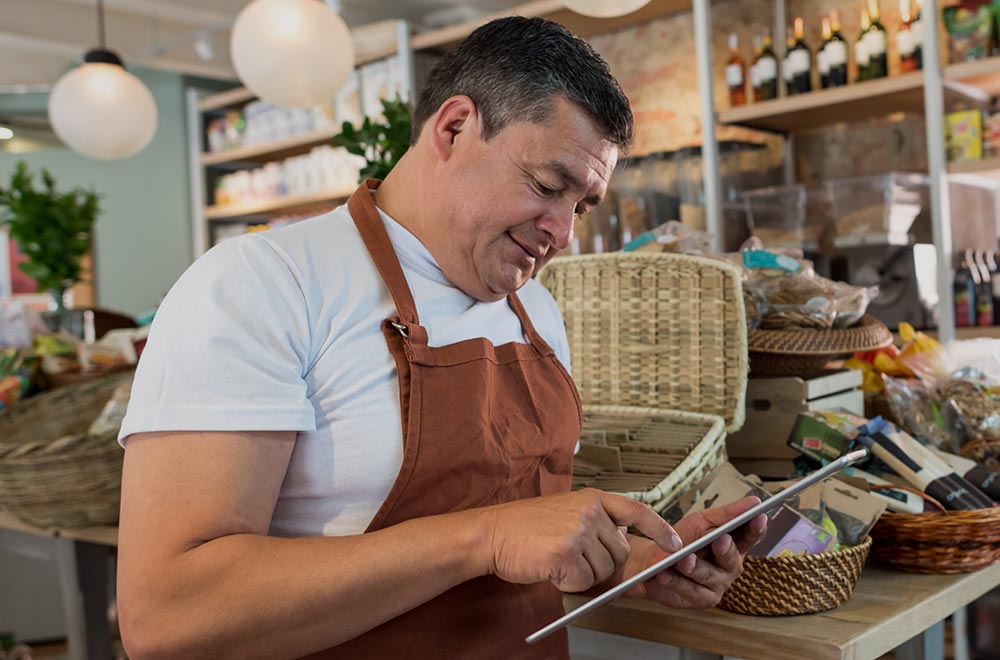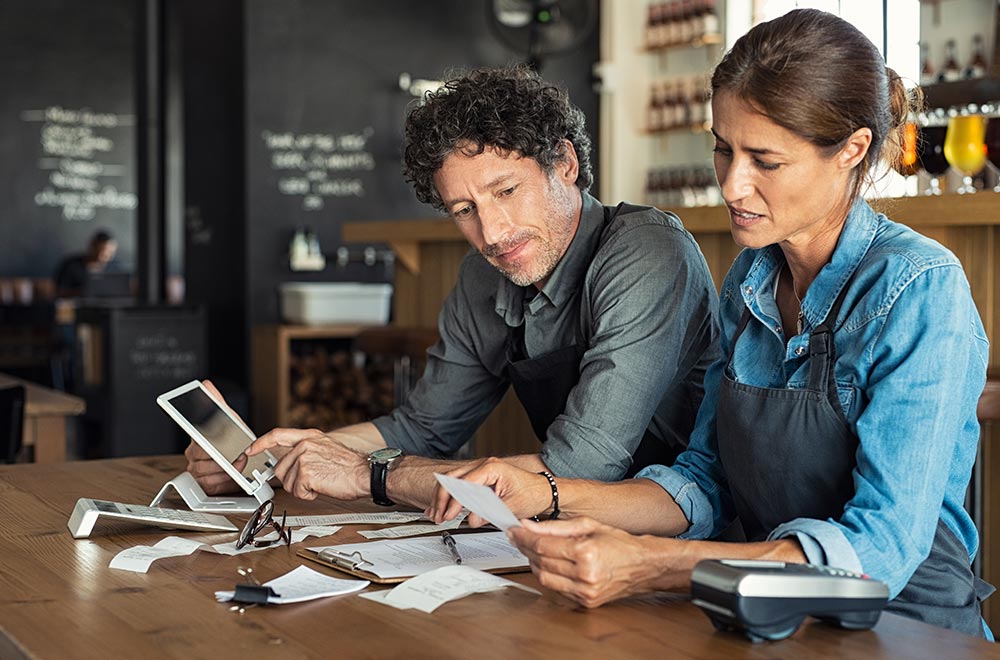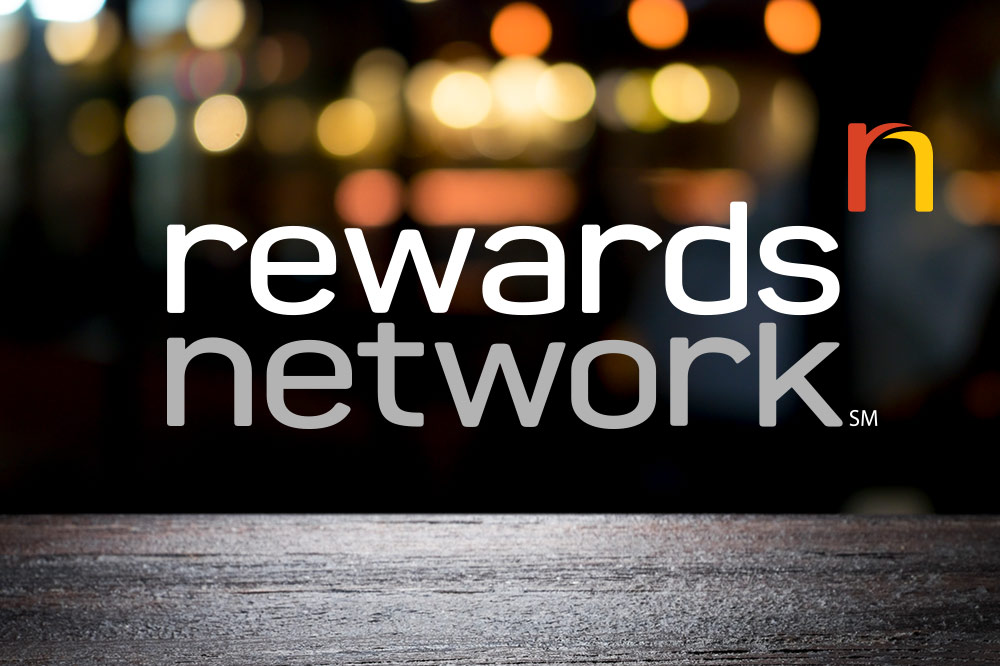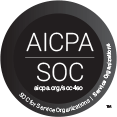What is the PPP2? In March the US government passed The Coronavirus Aid, Relief, and Economic Security Act (the “CARES Act”). Included in the CARES Act was a highly successful loan program for small business owners, the Paycheck Protection Program (the “PPP”). PPP loans were 100% forgivable—if you closely followed the rules laid out in
Inspiration and advice from Black restaurant owners
The restaurant industry as a whole is an excellent one: scrappy owners risking it all to create customer bliss through deliciously diverse cuisine and immersive ambiance. However, Black restaurant owners can often face challenges that make achieving their dreams and excelling in their profession much more difficult than it should be. At Rewards Network, we
Coronavirus era: How to recoup COVID-19 expenses
Numerous restaurants across the country are incurring extra costs due to the coronavirus pandemic. These additional expenses can include purchasing personal protective equipment (PPE), paying for employee testing, and increased meal costs. Oftentimes, to recoup dollars, restaurant owners are passing these costs onto the customer via a “COVID-19 surcharge,” which is added to the bill.
Enhancements to PPP loans restaurants need to know
Congress recently agreed on updates to the Paycheck Protection Program (PPP) and the President signed the Paycheck Protection Program Flexibility Act (PPPFA). These updates are an effort to fix issues within the current program, which was conceived to help businesses during the economic crises spurred by the coronavirus pandemic. Now, business owners have more time
How to receive 100% Paycheck Protection Program loan forgiveness
The Coronavirus Aid, Relief, and Economic Security (CARES) Act is now live, as are the loans and grants featured in the bill. One of the most-anticipated loans for small business owners, the Paycheck Protection Program (PPP) loan, is 100% forgivable—if you closely follow the rules laid out in the bill. There have been many questions
5 Restaurant Bookkeeping Tips for Your Business
If you come from a predominantly culinary background, the thought of balancing your restaurant’s finances might seem overwhelming. But as a restaurant owner, it’s imperative that you stay on top of your finances to make sure you understand exactly what’s happening at your business. Here are some helpful tips to keep in mind when setting
Filing It Down: 10 Tax Tips for Restaurants
It’s one of the two things you absolutely cannot avoid in life, but federal and state tax filing can be a source of stress for a restaurant owner beyond that of the average taxpayer. Accounting for all of your potential deductions is exponentially more complicated than when you file as an individual and making sure
Our Brand Refresh: The Power of Rewards Network
It’s not every day that a thirty-five-year-old company modernizes its image. Today we’re thrilled to announce the new Rewards Network brand identity. Our revitalized look heralds an evolution of our business, reflecting who we are and where we are poised to go. The refreshed brand will be everywhere Rewards Network is, including our website, products,
What Restaurant Owners Should Look for in a Commercial Real Estate Lease
Restaurant owners who believe they’ve found the ideal space to serve their customers can use a few tricks to get the best possible deal on their commercial real estate lease. It all starts with understanding the terms laid out in the many pages of the official document. A restaurant lease is far more complicated than
How to Find a Great Restaurant Accountant
Whether you’re starting a new business or prepping your taxes for another year, hiring a restaurant accountant may be on your mind. Even the most business-savvy restaurateur could use an accountant to help handle the ins and outs of the restaurant’s finances — particularly given the sheer amount of daily responsibilities a restaurant owner has
